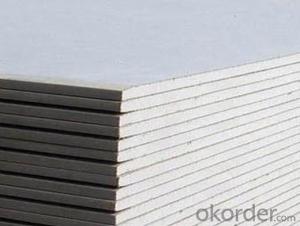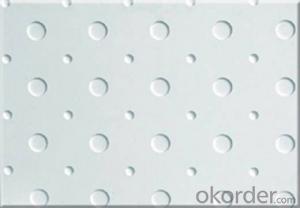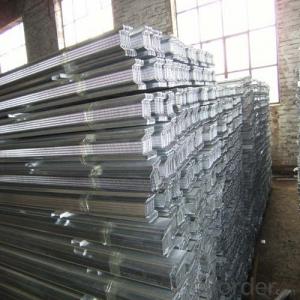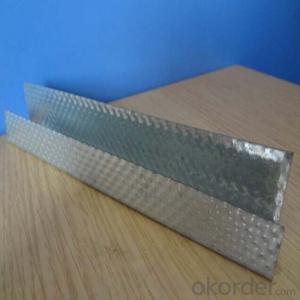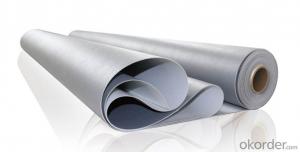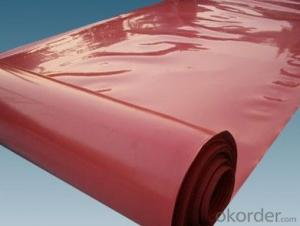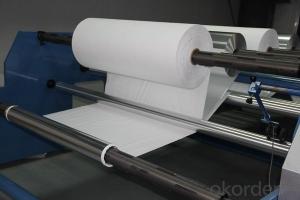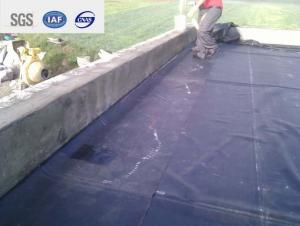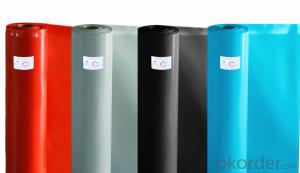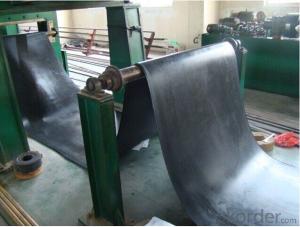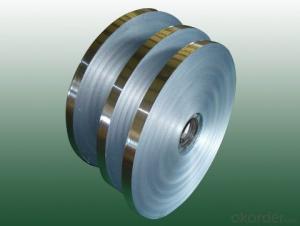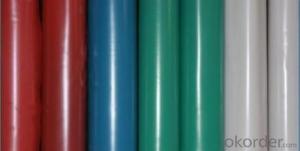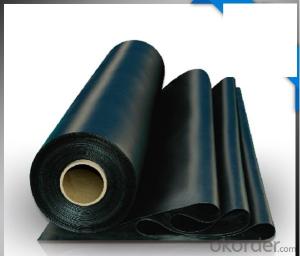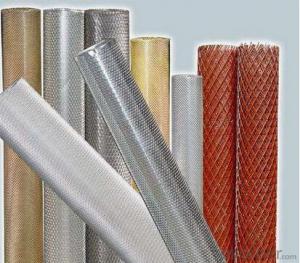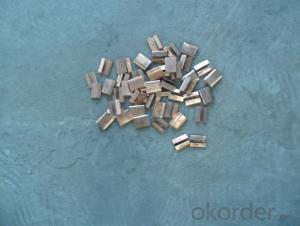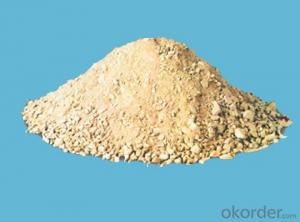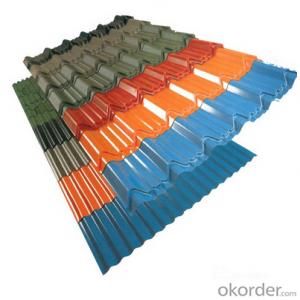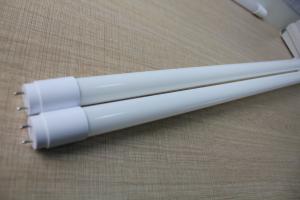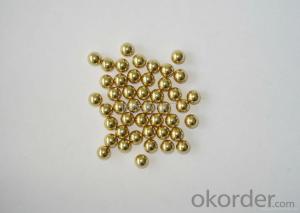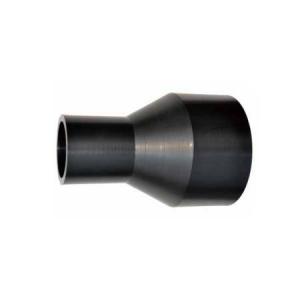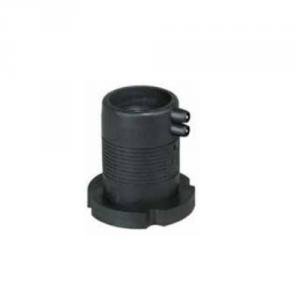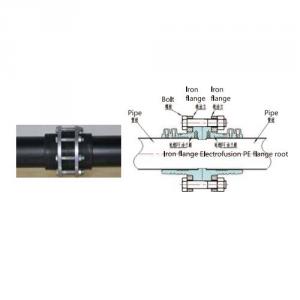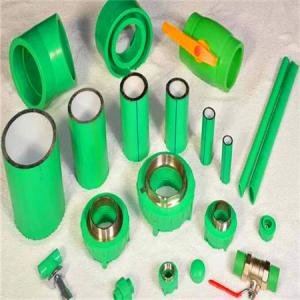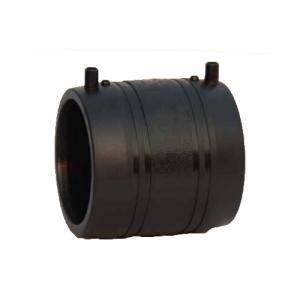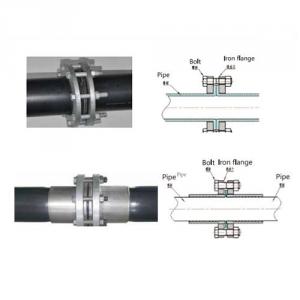Copper Roofing Material
Copper Roofing Material Related Searches
Raw Material For Solar Cells Ac Inverter For Solar Panels Plastic Wall Coverings For Bathrooms Fiberglass Sheets For Roofing Heat Reflective Material For Roof Wall Panels For Basement Felt Paper For Roofing Retaining Wall With Geogrid Plastic Coated Steel Roofing Sheets High Quality Roofing FeltHot Searches
Steel Mesh Panels For Sale Cheap High Tea Sets For Sale Cheap Solar Cells For Sale Q Cells Solar Panels For Sale Used Foam Board Insulation For Sale Welded Wire Panels For Sale Types Of Temporary Side Panels For Cement Deck Fiberglass Panels For Sale Magnesium Oxide Board For Sale Hdf Board For Sale sintra board for sale Cheap Mini Laptops For Sale Plywood For Sale Cheap Sandwich Panels For Sale resin panels for sale Cheap Washers For Sale Cheap Tall Vases For Sale Eps Panels For Sale Air Conditioner For Cheap Prices Gypsum Board Price Per Sheet In IndiaCopper Roofing Material Supplier & Manufacturer from China
Okorder.com is a professional Copper Roofing Material supplier & manufacturer, offers integrated one-stop services including real-time quoting and online cargo tracking. We are funded by CNBM Group, a Fortune 500 enterprise and the largest Copper Roofing Material firm in China.Hot Products
FAQ
- Yes, plastic pipe fittings can be used for cooling water in power plants. Plastic pipes and fittings, such as PVC or HDPE, are commonly used in various industrial applications, including power plants. They offer several advantages such as cost-effectiveness, corrosion resistance, and ease of installation. However, the specific choice of materials should consider the temperature and pressure requirements of the cooling water system to ensure proper performance and durability.
- Yes, plastic pipe fittings can be used for sewer systems. They are often preferred due to their durability, corrosion resistance, and ease of installation. Plastic fittings, such as PVC or ABS, are commonly used in both residential and commercial sewer systems.
- Plastic pipe fittings are typically manufactured through injection molding. This process involves melting plastic resin pellets and injecting the molten material into a mold cavity. Once the plastic cools and solidifies, the mold is opened, and the finished pipe fitting is ejected. Injection molding allows for the mass production of plastic pipe fittings with consistent dimensions and high precision.
- Yes, plastic pipe fittings can be used for sewage systems. Plastic pipe fittings, such as PVC or HDPE, are commonly used in sewage systems due to their durability, corrosion resistance, and ease of installation. They are designed to handle the high-pressure and harsh conditions of sewage systems effectively.
- No, plastic pipe fittings are not suitable for pharmaceutical manufacturing due to the risk of contamination and potential chemical reactions with the drugs. Stainless steel or other non-reactive materials are typically used in pharmaceutical manufacturing to ensure product safety and integrity.
- No, plastic pipe fittings are not suitable for wastewater disinfection systems as they may not withstand the harsh chemicals and high temperatures involved in the disinfection process.
- Yes, plastic pipe fittings can be used in laboratory systems. Plastic fittings are often chosen for their corrosion resistance, chemical compatibility, and lower cost compared to metal alternatives. However, it is essential to select the appropriate plastic material that meets the specific requirements of the laboratory system, such as temperature and pressure limits, and to ensure proper installation and regular inspection to maintain safety and integrity.
- Plastic pipe fittings work by connecting sections of plastic pipes together in a leak-proof manner. They are designed with various shapes, sizes, and connections to accommodate different pipe systems. These fittings usually have threads, sockets, or grooves that allow them to be securely attached to the pipe ends. The fittings create a tight seal using compression, glue, or heat fusion methods, ensuring that the pipes remain connected and prevent any leakage.
